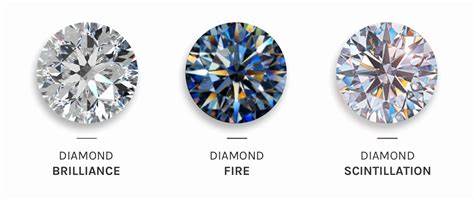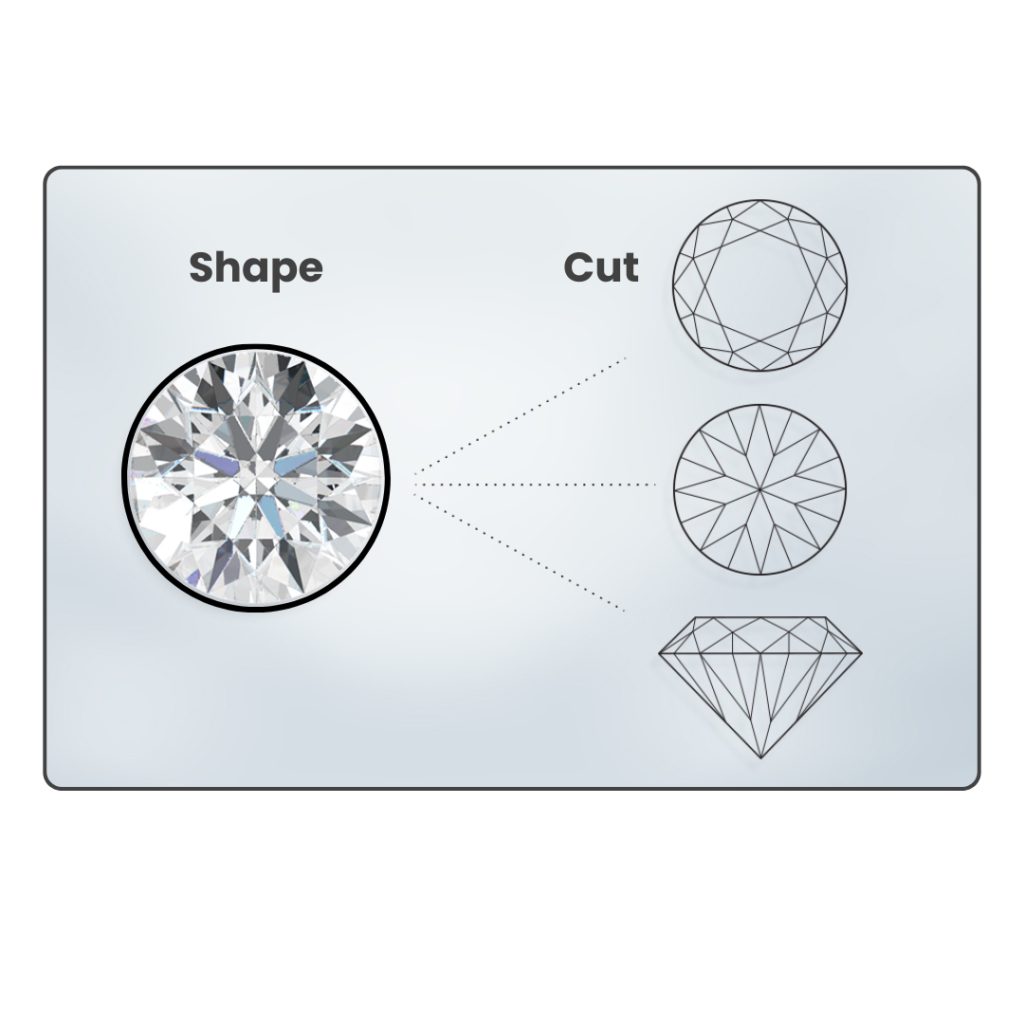
Diamonds are often celebrated for their sparkle—but have you ever wondered why some diamonds shine brighter than others? The secret lies not in their size or clarity, but in their cut.
In this article, we break down the science behind a diamond’s brilliance and why designers need to understand how cut influences light performance.
Understanding Light and Sparkle
When light enters a diamond, it bends (refracts), reflects off the internal surfaces (facets), and then exits back to your eyes. A well-cut diamond is proportioned in such a way that it maximizes the return of light, creating that iconic sparkle.
A poorly cut diamond, on the other hand, leaks light through the sides or bottom, appearing dull even if the stone is large or flawless.
What Does “Cut” Really Mean?
While people often confuse cut with shape (round, pear, princess, etc.), cut actually refers to the proportions, symmetry, and polish of a diamond. It determines how well the facets interact with light.
- Ideal cut: Reflects maximum light through the top of the diamond.
- Shallow cut: Light leaks out the bottom, reducing brilliance.
- Deep cut: Light escapes through the sides, making the stone look smaller and darker.

The Three Types of Sparkle
A diamond’s cut influences how it reflects three kinds of light:
- Brilliance: The white light returned from the surface and inside the diamond.
- Fire: The dispersion of light into flashes of color.
- Scintillation: The sparkle you see when the diamond or light source moves.
These are the key reasons why two diamonds of the same carat and color can look completely different to the eye.

The Round Brilliant: Master of Sparkle
The round brilliant cut is designed with 58 facets strategically angled to reflect the most light. It consistently outperforms other cuts in sparkle, making it the most popular choice for engagement rings and high-end jewelry.
If you want maximum brilliance, round is your best bet.

Fancy Cuts: Beauty in Every Angle
Not all designs call for round stones. Fancy cuts offer unique aesthetics, each with its own light behavior:
- Princess: Square shape, sharp corners, lots of sparkle
- Emerald: Step-cut facets, elegant but less fiery
- Pear / Marquise: Elongated shapes that add drama
These cuts may sacrifice some brilliance for bold visual identity, making them ideal for modern, statement pieces.
Why This Matters for Jewelry Designers
Whether you’re creating a one-of-a-kind ring or building a digital jewelry composition with JewelKitPro, understanding how cut affects brilliance helps you:
- Choose the right stone for your design intention
- Balance brilliance with shape and form
- Create more effective presentations for clients
If you’re working digitally, keep in mind how light would realistically interact with the cut—especially when selecting gemstone shapes from JewelKitPro’s component library.
Final Thoughts
The magic of a diamond’s sparkle doesn’t happen by accident—it’s the result of precise geometry and expert craftsmanship.
As a designer, knowing how cut affects brilliance empowers you to design pieces that not only look good but truly shine.
📅 Save this article as a quick reference and explore our full gemstone design guides on the JewelKitPro blog.